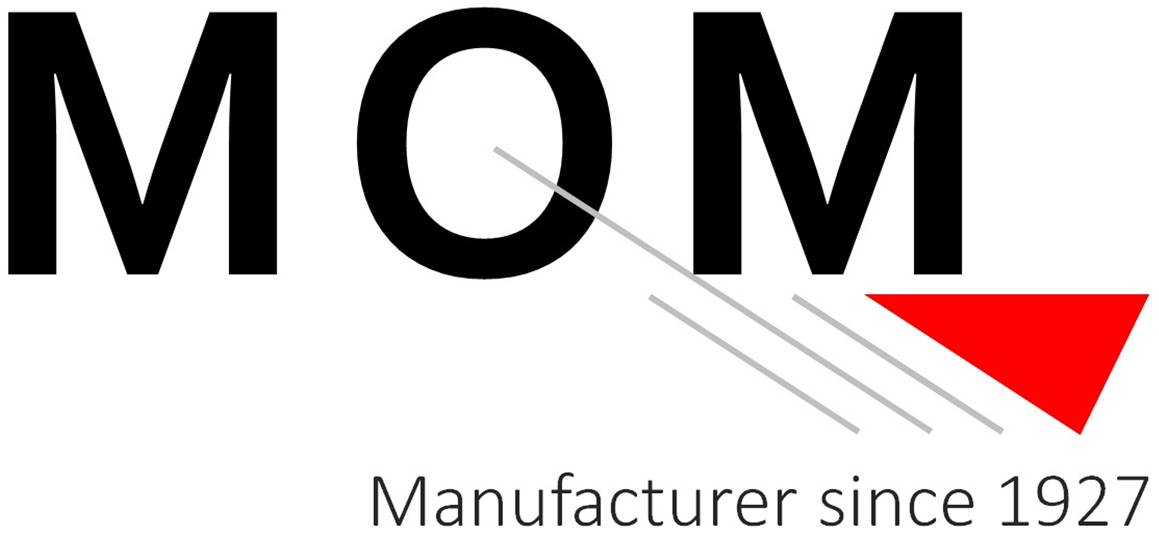
Liquid products are omnipresent in our daily lives, whether in our water consumption, the use of fuel for our vehicles, or even in industrial manufacturing processes. However, few people actually ask what defines a liquid product and how it is dosed in the industry. In this article, we will delve into the fascinating world of liquid products, exploring their nature and specific characteristics, as well as the dosing methods used to ensure accurate dosing in various industrial sectors. Whether you are curious to understand the scientific basis of liquid products or interested in industrial dosing practices, this article will provide you with an in-depth insight into the various aspects related to liquid products and their dosing. Get ready to dive into the fluid world of liquids and discover how they are precisely handled in industry.
What is a liquid product?
Liquid products are ubiquitous in our daily lives. From the water we drink, to the fuels we use in our vehicles, to the chemicals used in industry, liquids play a crucial role in many areas. But what is a liquid product?
A liquid product is a substance that has relatively low molecular cohesion, which allows it to flow freely and take the shape of its container. Liquids are between solids and gases in the scale of states of matter. Unlike gases, liquids have a constant volume and do not disperse easily in the atmosphere. Unlike solids, liquids do not hold their shape, but they can be poured or pumped.
Viscosity is one of the key properties of liquids. It represents the resistance of a liquid to flow and is determined by the cohesion between its molecules. Some liquids are very thin, like water, while others are more viscous, like honey. Viscosity is influenced by factors such as temperature, pressure and chemical composition of the liquid. For example, at room temperature, water is less viscous than honey, which means it flows more easily.
Another important aspect of liquids is their ability to dissolve other substances. Liquids are often used as solvents to dissolve solids, gases, or other liquids. This dissolution property is crucial in many chemical, pharmaceutical and industrial processes. For example, medical solutions are prepared by dissolving active compounds in an appropriate liquid.
How is it dosed in the industry?
Accurate dosing of liquid products is essential in many industrial sectors. Incorrect dosing can lead to quality defects, product variations or even health and safety risks. There are different dosing methods used in the industry depending on the nature of the liquid, the precision requirements and the constraints of the production process.
Gravimetric dosing is one of the most commonly used methods. It consists of measuring the weight of the liquid to be dosed using a precision scale. This method offers high accuracy, as it is not influenced by variations in the density of the liquid. The liquid is usually stored in a specific tank or container, and the exact amount is determined by measuring the difference in weight before and after dosing. Gravimetric dosing is particularly effective for low viscosity, low density liquids, as it is less sensitive to variations in density and temperature.
Volumetric dosing is another commonly used method for dosing liquids. This method involves measuring the volume of the liquid to be dosed using instruments such as pipettes, burettes or droppers. Liquid is drawn into the dosing instrument and then added to the process in a controlled manner. This method is suitable for liquids with high viscosity or high density. However, it may be less accurate than gravimetric dosing due to possible density variations.
In some cases, the assay can be performed by dilution. This method consists of mixing a precise quantity of the liquid product with another liquid or a solvent to obtain the desired concentration. Dilution can be done manually by measuring the volumes of the liquids to be mixed, or automated using automated dosing and mixing systems. Dilution is commonly used in the chemical, pharmaceutical and food industries to adjust the concentration of solutions.
Advances in technology have allowed the development of more sophisticated dosing systems. For example, spectroscopic assays use light to measure the concentrations of liquids. This method is particularly useful for opaque or colored liquids, as it allows the concentration to be measured in real time without taking a sample. Automated dosing systems use sensors and programmable controllers to precisely measure and regulate the flow of liquids. These systems enable fast, accurate and repeatable dosing, reducing human error and improving the efficiency of production processes.
The specificities of viscous and foaming products
Viscous and foaming products present special dosing challenges in industry. Their specific nature requires tailored approaches to ensure accurate and effective dosing. Let’s take a closer look at these specificities.
Viscous products, such as gels, pastes or thick liquids, have a high viscosity, which means they flow more slowly than thinner liquids such as water. This high viscosity can cause problems when it comes to metering them, as it can lead to difficulties in accurately measuring and controlling the flow rate of the viscous liquid.
When dosing viscous products, it is essential to choose suitable equipment capable of managing their viscosity. Special pumps, such as gear pumps or lobe pumps, are often used to dose viscous products. These pumps are designed to handle high viscosity liquids and provide a constant, steady flow. In addition, heating devices can be used to reduce the viscosity of the viscous product, thus facilitating its dosing.
Foaming products, on the other hand, have the ability to form foam when agitated or subjected to a certain pressure. This can cause problems when it comes to dosing, as foam can interfere with volume measurements and cause variations in the actual amount of product dosed.
To dose foaming products, it is important to take this specific characteristic into account and to choose suitable equipment. Dosing systems should be designed to minimize foaming and ensure accurate dosing. Techniques such as the use of special dosing heads with anti-foaming devices or the pre-degassing of the product can be implemented to avoid problems related to foam.
To conclude the question what is a liquid product, the precise dosing of liquid products is essential to ensure the quality of the final products in many industrial sectors. Different dosing methods, such as gravimetric dosing, volumetric dosing and dilution, are used depending on the specific properties of the liquid and the requirements of the production process. Technological advances continue to improve the accuracy and efficiency of dosing systems, contributing to the overall improvement of industrial production.
